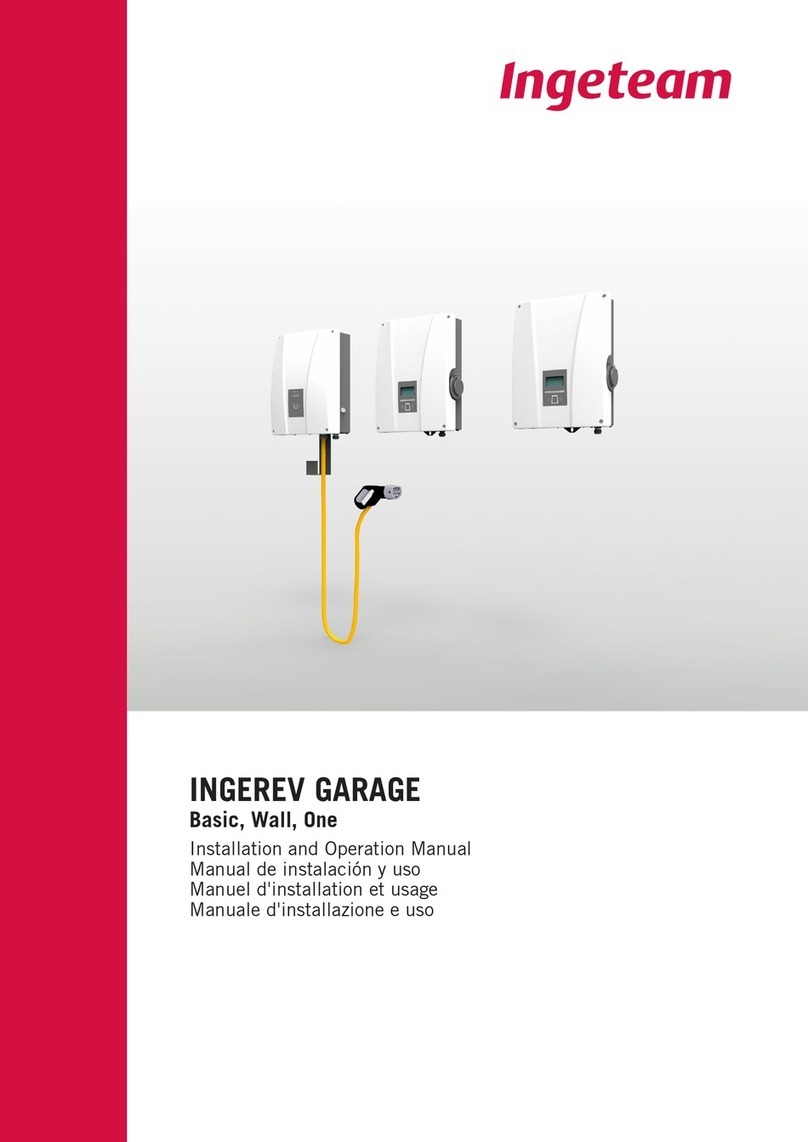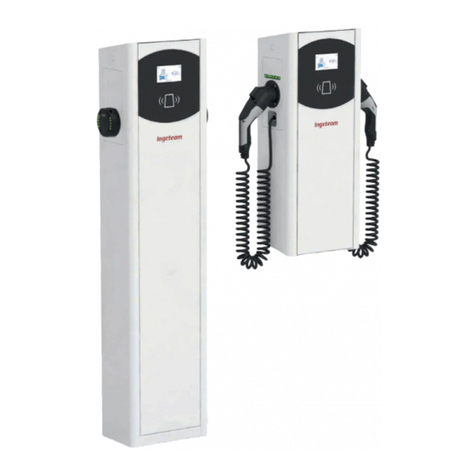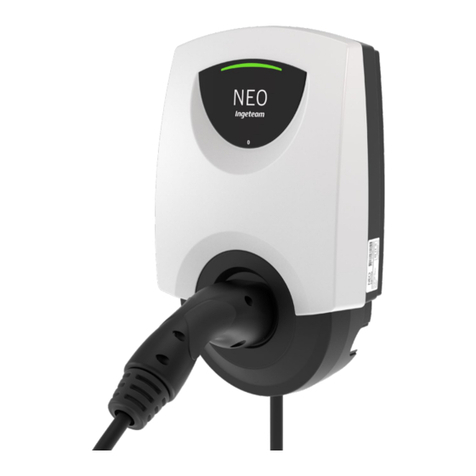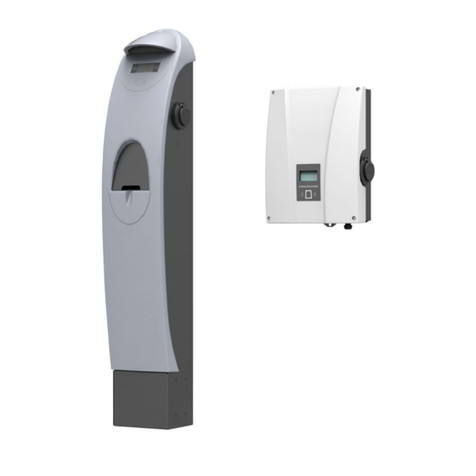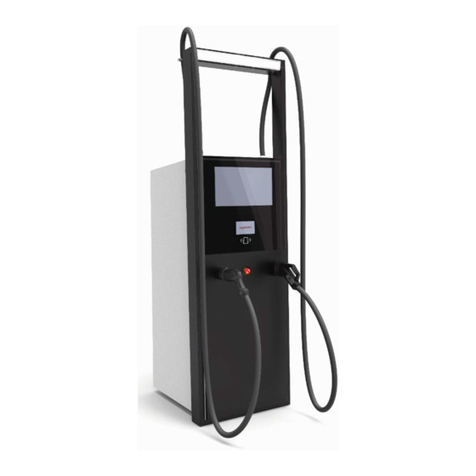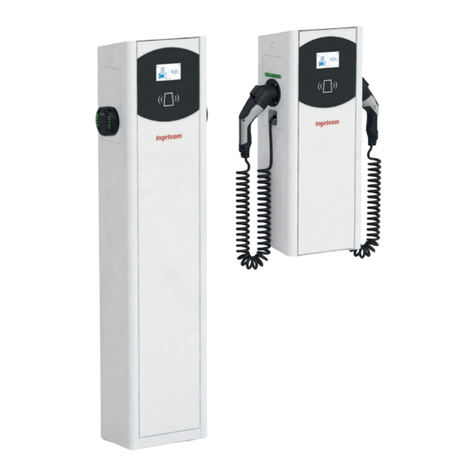
ABT2013IQM01_- Installation and Operation Manual
8
Contents
Ingeteam
Contents
Important safety instructions ....................................................................................................................... 5
Safety conditions................................................................................................................................... 5
Personal Protective Equipment (PPE) ...................................................................................................... 7
Contents ................................................................................................................................................... 8
1. About this manual................................................................................................................................ 10
1.1. Scope and nomenclature .............................................................................................................. 10
1.2. Recipients................................................................................................................................... 10
1.3. Symbols...................................................................................................................................... 10
2. Unit description................................................................................................................................... 11
2.1. Overview ..................................................................................................................................... 11
2.2. Models........................................................................................................................................ 11
2.3. Connectors.................................................................................................................................. 11
2.3.1. Connectors for DC charging .................................................................................................. 11
2.3.2. Connectors for AC charging................................................................................................... 12
2.4. Protection ................................................................................................................................... 13
2.5. Wattmeters.................................................................................................................................. 14
2.6. Accessories equipped as standard ................................................................................................. 14
2.7. Optional accessories .................................................................................................................... 14
2.8. Electrical safety........................................................................................................................... 14
2.8.1. Overvoltage category (OVC) ................................................................................................... 14
2.9. Acoustic contamination ................................................................................................................ 14
2.10. Electrical diagram of the system.................................................................................................. 15
2.11. Specification table ..................................................................................................................... 17
2.12. Description of cable inlets .......................................................................................................... 18
3. Receipt of the unit and storage.............................................................................................................. 19
3.1. Reception ................................................................................................................................... 19
3.2. Unit identification........................................................................................................................ 19
3.3. Transport damage ........................................................................................................................ 19
3.4. Storage....................................................................................................................................... 19
3.5. Conservation................................................................................................................................ 19
4. Equipment transport ............................................................................................................................ 20
4.1. Center of gravity .......................................................................................................................... 20
4.2. Unpacking .................................................................................................................................. 20
4.3. Transport..................................................................................................................................... 21
5. Preparation for installing the unit .......................................................................................................... 22
5.1. Environment................................................................................................................................ 22
5.2. Environment................................................................................................................................ 23
5.3. Environmental conditions ............................................................................................................. 23
5.4. Supporting Surface and Fastening ................................................................................................. 24
5.5. Fuse requirements ....................................................................................................................... 25
5.6. Type of grid ................................................................................................................................. 26
5.7. Cabling length ............................................................................................................................. 27
5.8. External disconnection device ....................................................................................................... 27
5.9. Medium voltage transformer.......................................................................................................... 27
6. Installing the unit ................................................................................................................................ 28
6.1. General requirements for installation ............................................................................................. 28
6.2. Fastening the unit........................................................................................................................ 28
7. Connection of accessories..................................................................................................................... 30
7.1. Safety instructions for connecting accessories ................................................................................ 30
7.2. Ethernet communication .............................................................................................................. 30
7.2.1. Cabling requirements ........................................................................................................... 30
7.2.2. Connection process.............................................................................................................. 30
8. AC connection ..................................................................................................................................... 31
8.1. Safety instructions for the AC connection....................................................................................... 31
8.2. Wiring requirements for the AC connection..................................................................................... 31
